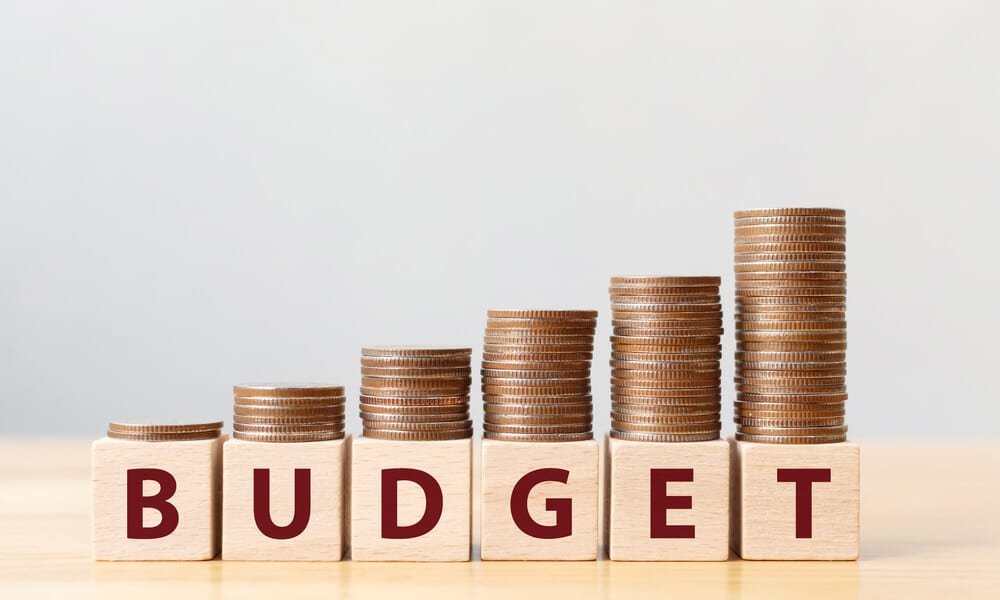By: Dipak Kurmi
The effectiveness of COP28, the Conference of the Parties convened in Dubai, in advancing the initiatives initiated with the 2015 Paris Agreement to tackle climate change, mitigation, adaptation, and securing necessary finances, remains a subject of scrutiny. Typically, there has been a plethora of positive rhetoric and promises to fulfill obligations. However, commitments often tend to be left open-ended, allowing for the accommodation of short-term national priorities alongside the overarching goals, raising questions about the tangible impact of the conference outcomes.
The conference, which extended beyond its scheduled duration, has yielded a noteworthy outcome that deserves acknowledgment. A significant stride was made with the unanimous decision to commence the reduction of global fossil fuel consumption and achieve net-zero by 2050—a historic and binding resolution. This decision marks a pivotal moment in signaling the eventual decline of the fossil fuel era, encompassing coal, oil, and gas. It serves as a crucial message to policymakers, including those in India, who have persisted with policies supporting coal investments, urging them to reconsider their approach. Moreover, it sends a clear directive to coal investors, encouraging them to swiftly disengage and refrain from making further commitments, irrespective of any conflicting signals from policymakers.
The member countries achieved a historic consensus to triple global renewable energy capacity by 2030, marking a decision that stands in contrast to the Indian stance. The timeline, a mere seven years ahead, holds significance as India and China, both major economies experiencing rapid emission increases, opted out of this agreement during the conference. The pact aimed at mitigating current climate trends by tripling global renewable energy output and doubling energy efficiency by that specified date, despite the endorsement of 118 countries to join the initiative.
The tripling, as emphasized by the International Energy Agency, is deemed necessary to maintain focus on the objective of reducing the demand for fossil fuels and limiting global warming to 1.5°C above pre-industrial levels by the close of the century. The primary thrust of these efforts will center on the gradual elimination of coal-fired power plants and the restraint of oil and gas usage.
Indian policymakers, should they perceive these outcomes as overly restrictive, can find solace in a significant decision that surfaced early in the two-week duration of the conference. A ‘loss and damage’ fund, aimed at assisting vulnerable countries in managing the impact of climate change, is slated for establishment. While laudable, the caveat lies in the fund’s size, albeit in its initial stage – a modest $475 million, with the US commitment amounting to just $17.5 million. This figure stands in stark contrast to the collective loss of $525 billion endured by the 55 most vulnerable countries due to climate change over the past two decades. This loss is projected to escalate to $580 billion by the year 2030.
As the fund’s operations advance under the initial supervision of the World Bank, additional contributions are expected to follow. This financial support aims to assist impoverished nations in managing the cascading impacts of climate change, including rising sea levels, floods, droughts, and cyclones. The moral rationale behind advocating for such a fund lies in the premise that affluent countries, whose industrial expansion since 1850 has led to greenhouse gas accumulation, global warming, and the climate crisis, bear a responsibility to aid less prosperous nations – the most vulnerable victims – in combating these challenges.
India’s stance, thus far, entails adhering to the nationally determined targets it has previously declared without making any new commitments. This trajectory will usher in a significant transformation in sectors such as steelmaking, vehicle design and manufacturing, building design and construction processes, and even the cookstoves employed by households. The push towards embracing cleaner energy sources will have repercussions across the spectrum of businesses, impacting entities of all sizes – from micro, small, and medium enterprises to large corporations.
The crucial factor lies in securing the necessary investment to facilitate this transition towards cleaner energy. Currently, funding in the fossil fuel sector continues to surpass that allocated for advancing a sustainable and clean economy. The advisory panel for COP28 proposes a dual-pronged strategy – taxing polluting activities and reducing subsidies for fossil fuels. One sector where the implementation of carbon taxes can be relatively seamless is transportation, particularly in maritime and aviation. However, the broader challenge lies in cutting subsidies entrenched deeply, presenting a significant political hurdle. Farmers may resist reductions in fertilizer subsidies, and it would require a bold state government to reconsider providing free minimum electricity loads to every household.
The imperative lies in securing the necessary investment to facilitate a transition towards cleaner energy. Currently, funding in the fossil fuel sector continues to surpass that allocated for advancing a sustainable and clean economy. Proposing a dual-pronged strategy, the advisory panel for COP28 suggests taxing polluting activities and reducing subsidies for fossil fuels. While the implementation of carbon taxes in transportation, especially maritime and aviation may be relatively seamless, the broader challenge lies in cutting deeply entrenched subsidies – a significant political hurdle. Resistance from farmers against reductions in fertilizer subsidies may prevail, and it would require a bold state government to reconsider providing free minimum electricity loads to every household.
The overarching global imperative is a shift from coal to renewables. While affluent nations that have transitioned to natural gas hesitate to assist the rest of the world in making a similar shift, coal remains the focal point. It is the primary fuel for countries that have not yet adopted gas, which, despite being somewhat cleaner, faces criticism. Achieving this transition requires financing for developing countries, with the stipulation that it does not contribute to their existing debt burden.
The necessary corrective measures that Indian policymakers must undertake in light of the conference’s outcomes involve expediting the establishment of increased capacity for renewable energy, such as solar and wind power. While there is considerable discourse around various forms of hydrogen production, it is essential to underscore that only green hydrogen, derived from renewable energy sources, meets the required standards. Additionally, significant investments in constructing extensive battery banks and reinforcing transmission lines are imperative. This infrastructure is crucial for the seamless transmission of wind and solar power from regions where they are abundant to those facing deficiencies in the requisite climatic and geographical conditions.
COP28 has established a worldwide consensus on the trajectory that the planet must follow to secure its future. For a nation like India, this presents a dual challenge – navigating rapid growth to eradicate poverty while also relinquishing a plentiful natural energy source like coal. Should India’s political leaders fail to confront this challenge, there is a looming risk of not only undermining themselves but also hindering the progress of the nation. (The writer can be reached at dipaknewslive@gmail.com)







